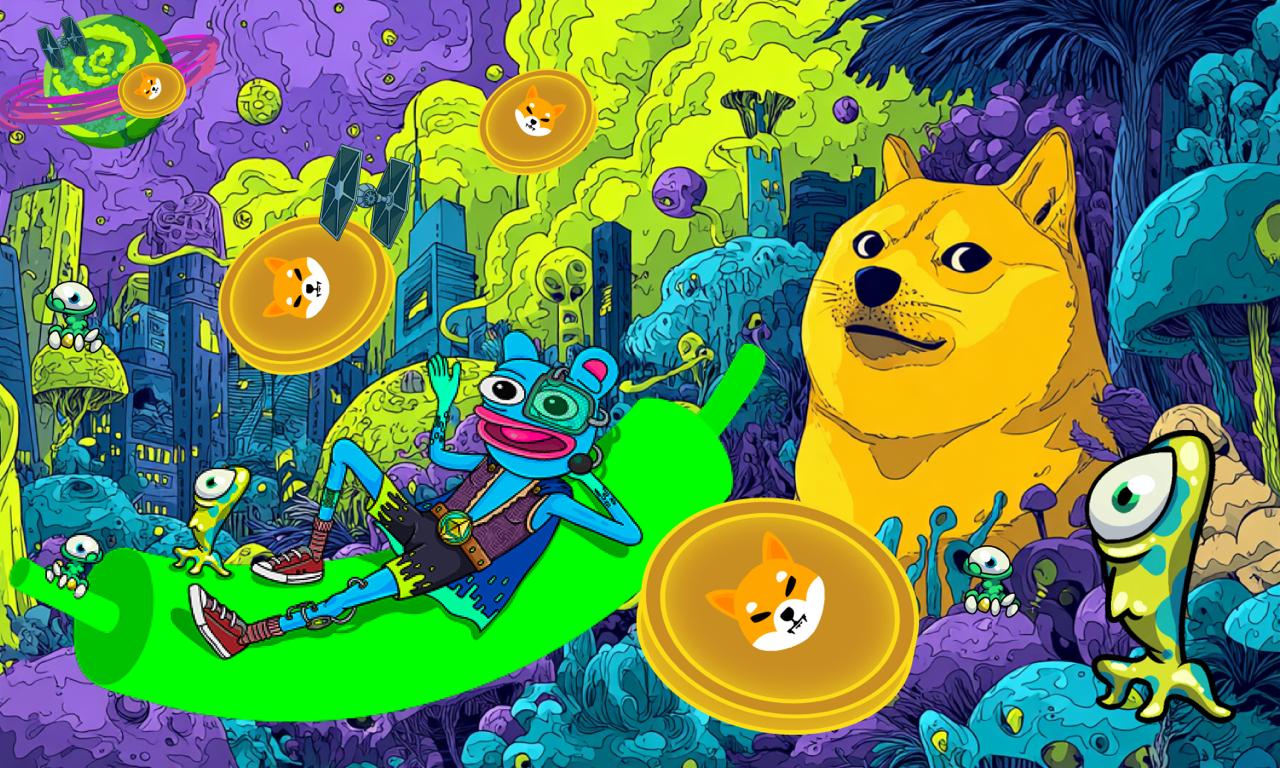- The developers of the network reaffirmed that the architecture of the network is now being improved in order to cater to the diverse requirements of developers, corporate partners, and end users.
- The Hydrogen hard fork includes a number of protocol-level enhancements that are designed to increase the stability of COTI, as well as its cryptographic security.
In the course of its first ever hard fork, which will be referred to as “Hydrogen,” the blockchain platform COTI will undergo a mainnet upgrade on Monday at 12:00 PM UTC. It has the potential to enhance its technological basis, security, and performance for application in enterprise use.
For the purpose of the changeover of wallets, tokens, and network participants, the COTI Foundation’s insight on Medium states that the procedure is automated and does not need any activity from users or node operators. The developers of the network reaffirmed that the architecture of the network is now being improved in order to cater to the diverse requirements of developers, corporate partners, and end users.
More features
The COTI network is a DAG (Directed Acyclic Graph)-based blockchain and is geared for corporate applications and payment processing. It is a significant departure from typical blockchains such as Ethereum Layer 1, as it enables transactions to connect directly to one another via the use of parallel processing and high throughput capability.
Statistics provided by the cryptocurrency exchange Coinbase indicate that the network’s consensus mechanism, which is referred to as Proof of Trust, is responsible for powering a decentralized ledger known as Trustchain. This ledger has the capacity to execute more than 100,000 transactions per second.
The Hydrogen hard fork includes a number of protocol-level enhancements that are designed to increase the stability of COTI, as well as its cryptographic security and its ability to be maintained over the long term. The Comprehensive Audit that was performed earlier in 2025, which highlighted various areas for improvement in the network’s Multi-Party Computation (MPC) and gcEVM components, is the background against which the adjustments have been implemented, according to COTI.
The Foundation has stated that the new file-handling techniques built into the MPC framework have been applied in order to increase safety. Additionally, secure cryptographic randomization and memory hygiene have also been introduced. Following the hard fork, users will have the ability to delete sensitive data from memory during cleanup in order to protect their privacy and, as a result, lessen the risks associated with security.
Additionally, the management of connections under high-concurrency situations has been improved, which has resulted in an increase in the network’s reliability while it is experiencing heavy traffic.
Modifications to the gcEVM protocol
Additionally, Hydrogen is implementing modifications on the gcEVM protocol layer side, which will result in the tightening of protocol validation. Additionally, the handling of errors during opcode execution and the streamlining of block processing will be enhanced. According to the description provided by the corporation, the modifications will make COTI a more reliable and secure execution standard for all participants in the network.
Each and every node operator has already updated to the most recent software version in advance of the situation. COTI has verified that this transition will not result in any disruptions to the operations of the network, and that user assets will remain safe during the process.
Enhanced expansion of the COTI reward loyalty ecosystem
Just three weeks following the debut of COTI Earn, the company’s new loyalty scheme that rewards community engagement, the change has been implemented. The platform made its debut as Season 001: Genesis, which had a pool of 12.5 million COTI tokens that were dispersed as on-chain rewards.
COTI Earn is a rewards program that encourages user participation via a points-based system. Token Points (TPs) are generated by user actions such as holding assets, trading, and referrals. A new sort of on-chain token known as TPs was created by the platform. These tokens are generated every day and are immediately sent to the wallets of users.
Due to the fact that they are stored directly on the blockchain, the business claims that all TP incentives are liquid. Through the ownership of certain supported assets in the COTI Treasury, such as wETH, wBTC, USDC-e, COTI, or gCOTI, users have the opportunity to produce income and collect daily rewards simultaneously. In order to start earning prizes, individuals who are interested in participating are needed to link their wallets to earn.coti.io immediately.
Source: https://thenewscrypto.com/coti-launches-hydrogen-hard-fork-to-boost-network-security-and-performance/


